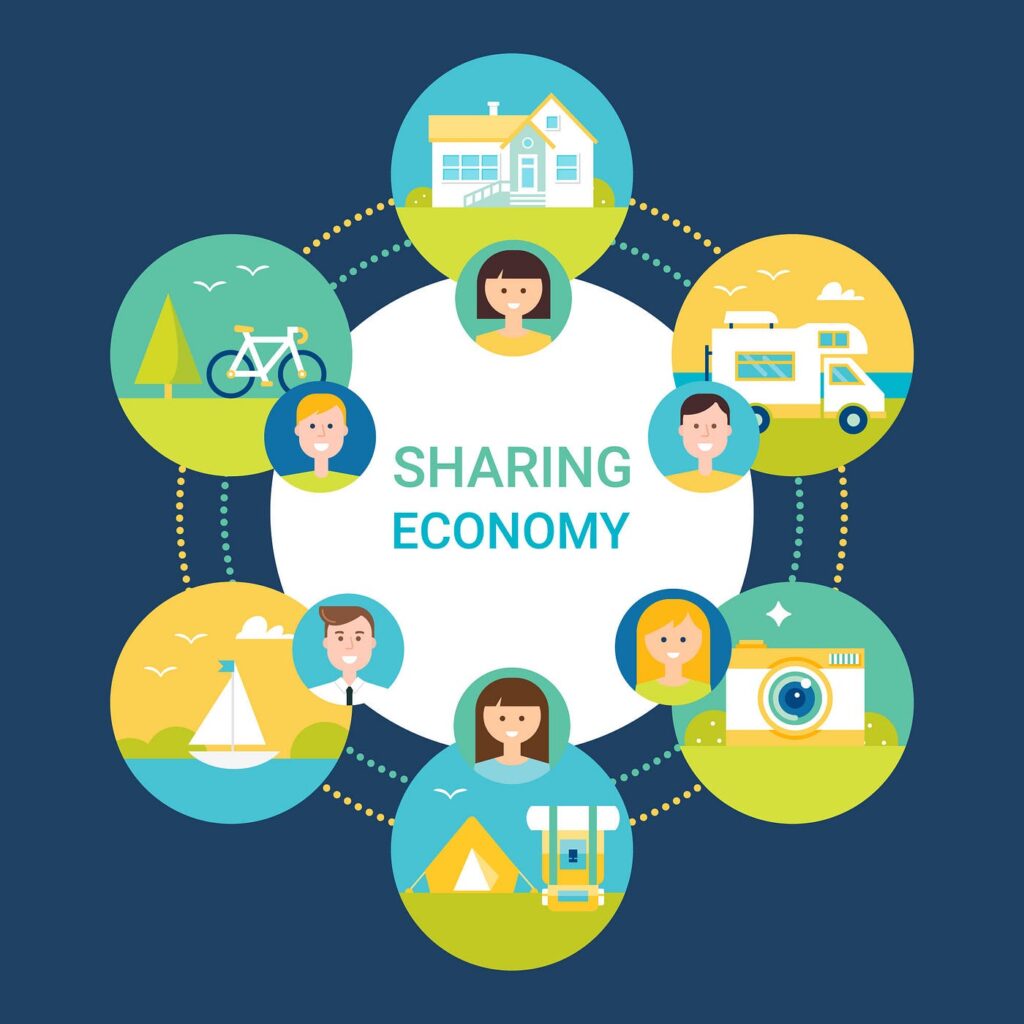Welcome to the January edition of WedoShare’s “Reads of the Month.” This month, we delve into transformative developments in urban mobility, the burgeoning shared mobility market, and the evolving landscape of the B2B sharing economy.
Revolutionary Tesla Move! What the New Model Y Means for Urban Mobility
Tesla’s refreshed Model Y, dubbed the “Juniper,” signifies a pivotal advancement in urban transportation. With its sleek design, enhanced technology, and extended driving range, the Juniper positions electric vehicles (EVs) as a cornerstone of future city transit. Features like an aerodynamic profile, new LED light bar, and an 8-inch rear passenger screen underscore Tesla’s commitment to integrating vehicles into the connected urban lifestyle. The Juniper not only addresses environmental concerns by reducing reliance on fossil fuels but also aligns with smart city initiatives, promoting safer and more efficient commuting. Its introduction is a significant step toward greener cities and sustainable living.

Shared Mobility Market: Trends, Opportunities, and Forecast
The shared mobility sector is experiencing rapid growth, driven by urbanization, environmental awareness, and the demand for cost-effective transportation. Services such as ride-hailing, car-sharing, and bike-sharing are becoming integral to urban commuting. The global shared mobility market was valued at USD 258.69 billion in 2024 and is projected to grow at a compound annual growth rate (CAGR) of 28.8%, reaching nearly USD 1,959.36 billion by 2032. This surge is attributed to changing consumer preferences and the need for sustainable transit solutions. The market’s expansion is further supported by technological advancements and supportive government policies.

The Current State of the B2B Sharing Economy
The sharing economy has extended into the B2B realm, where businesses are increasingly sharing assets and services to optimize resources and reduce costs. This model, though rooted in practices from decades ago, has gained momentum with technological advancements. Examples include shared office spaces, collaborative manufacturing, and pooled logistics services. By participating in the B2B sharing economy, companies can access a broader range of resources, enhance operational efficiency, and foster innovation through collaboration. This approach not only minimizes expenses but also contributes to sustainable business practices by maximizing the utilization of existing assets.

These articles highlight the dynamic shifts in mobility and business operations, emphasizing a collective move towards sustainability, efficiency, and shared resources. As urban landscapes evolve, embracing these trends will be crucial for building resilient and adaptable communities.
Happy reading!
Note: The summaries provided are based on the articles linked above. For a comprehensive understanding, readers are encouraged to access the full articles.





